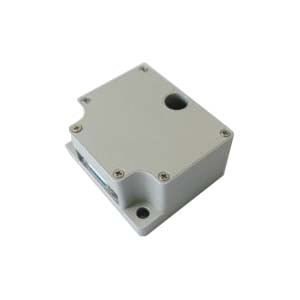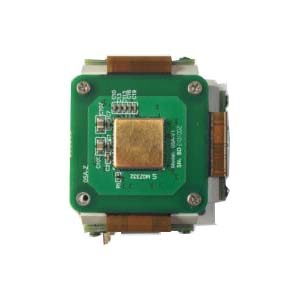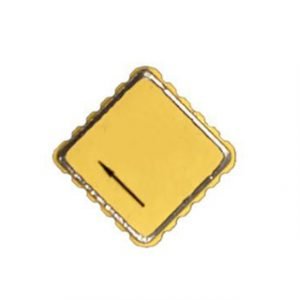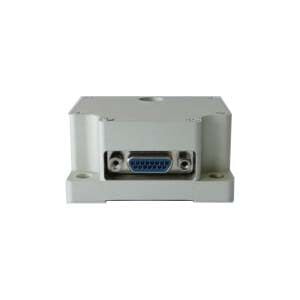The concept of 6-axis and 9-axis is easy to understand: to put it bluntly, it is what and how many sensors are installed on the module
6-axis: three-axis (XYZ) accelerometer + three-axis (XYZ) gyroscope (also called angular velocity sensor)
9-axis: 6-axis + three-axis (XYZ) magnetic field sensor
6-axis module can form VRU (Vertical Reference Unit) and IMU (Inertial Measurement Unit), 9-axis module can form AHRS (Attitude Reference System)
IMU: Inertial Measurement Unit, which can output acceleration and angular velocity. Other information such as attitude angle is not output. For example, ERICCO's ER-MIMU-05 is equipped with a three-axis gyroscope and a three-axis accelerometer to measure the angular velocity and acceleration of objects in three-dimensional space. ER-MIMU-05 uses MEMS accelerometer and gyroscope with high quality and reliability, RS422 and external communication, baud rate can be flexibly set between 9600~921600, through the communication protocol to set the user’s required communication baud rate. With X, Y, Z three-axis precision gyro, X, Y, Z three-axis accelerometer with high resolution, can be output by RS422 X, Y, Z three axis of gyroscope and accelerometer’s original hexadecimal complement data (including gyro hexadecimal complement the numerical temperature, angle, the accelerometer hexadecimal temperature, the acceleration hexadecimal complement number); It can also output float dimensionless values of the gyroscope and accelerometer processed by the underlying calculation.
VRU: Built-in attitude calculation algorithm based on IMU, which can output attitude information.
In the static state, the accelerometer can measure the gravity vector and use it as a reference, so the pitch and roll angle will not drift and the accuracy is relatively high in the static state. However, because the heading angle is perpendicular to the gravity, there is no absolute reference, and the heading angle error in the horizontal direction will follow. As time goes by, it becomes more and more inaccurate.
When the module is in motion, the accelerometer measures not only gravity, but also other motion accelerations (harmful accelerations), so the gravity vector cannot be used as a reference to correct the pitch and roll angles during module motion. A simple conclusion is: if the module is in a large maneuvering state for a long time, the three Euler angle errors will become larger (more and more inaccurate) with time. Once stationary, the pitch and roll angles will be "pulled" back to correct position, while the heading angle will not be corrected because there is no reference.
AHRS: Modify the algorithm on the basis of VRU, which can solve the full attitude of the measured object, including the absolute heading angle (the angle with the geomagnetic north pole). Because the geomagnetic sensor is used, it must be a 9-axis module. In addition, due to the severe distortion of the geomagnetic field indoors, it is difficult for the AHRS to obtain an accurate absolute heading angle indoors.
GPS: Global Positioning System of the United States: Global Position System is called Global Positioning System when translated. It is also because GPS was the first to come out, and Laomei named it proudly. It did not consider that other countries have also made satellite positioning systems. It can be understood as follows: GPS is GPS brand GPS, followed by China's Beidou brand GPS., Maozi's GLONASS GPS and so on.
GNSS: The general term for global satellite positioning system, GPS, Beidou, GLONASS and other systems, each system is called a "constellation"
GNSS/INS: This is an integrated navigation system. As the name suggests, this system uses the Global Navigation Satellite System (GNSS for short, which is the collective name of GPS, Beidou, GLONASS, GALILEO and other systems) and Inertial Navigation (Inertial Navigation). System) to integrate the respective advantages of algorithms to provide users with more accurate attitude and position information.
mems
mems technology
mems devices
what mems
mems micro electro mechanical system
mems manufacturing companies
mems acceleration sensor
gyroscope
IMU
INS
More Technical Questions
1.Application of IMU in the Field of Drones
2.The Theory of AHRS & Difference Between AHRS and IMU
4.Difference between AHRS and IMU
Products in Article







